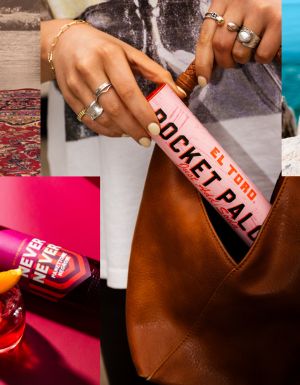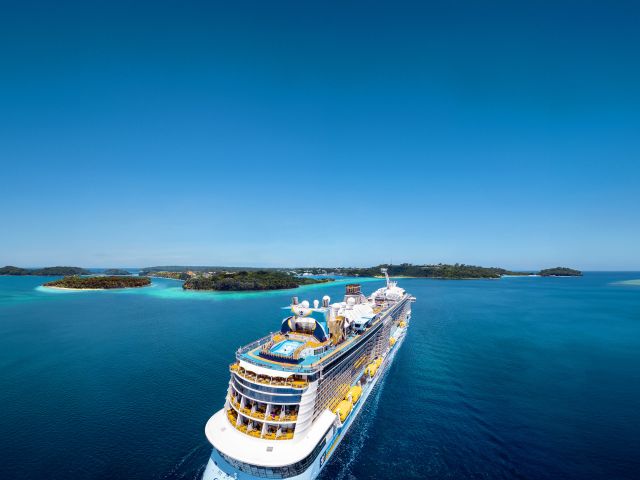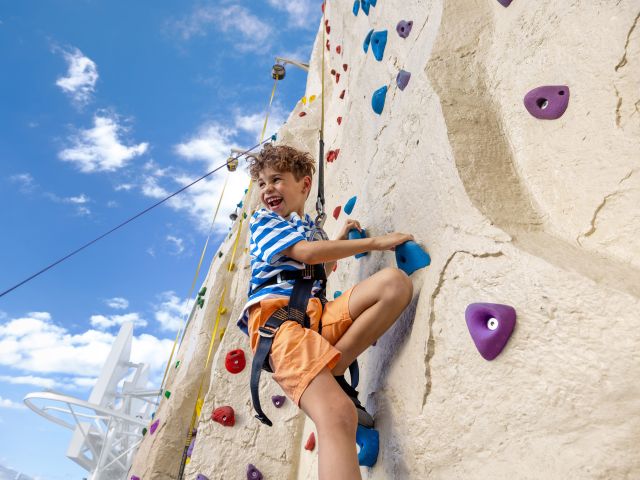Flipping the script on the iconic Aussie road trip, a new expedition cruise offers a rare chance to complete the Big Lap of Australia by sea.
Lapping Australia in a campervan or caravan is a rite of passage for many Aussies. With most road trippers taking at least six months to complete the classic 14,500-kilometre loop on the world’s longest national highway, it’s an epic road trip no matter which way you tackle it. But there’s another way to complete a lap of Australia that’s arguably even more adventurous. Enter, the Big Lap by ship.
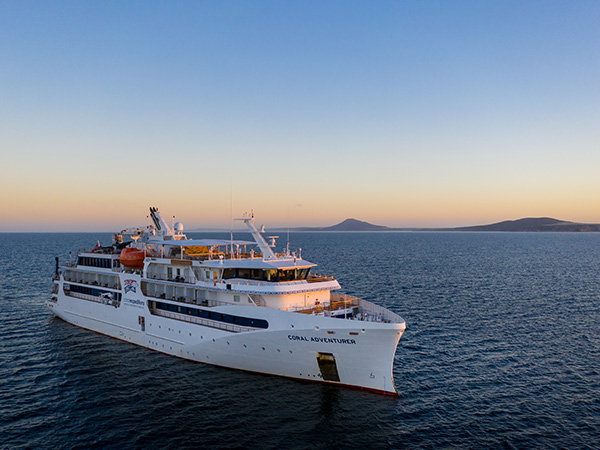
An increasing number of cruise lines offer Australia circumnavigations, though most itineraries complete the journey in just a few weeks and pause only at major ports. But small-ship expedition cruise operator Coral Expeditions does it differently. Following the sold-out success of its inaugural 60-day Australian Circumnavigation in 2022, the Australian company has launched a new version for 2025, offering a rare opportunity for up to 112 guests to complete a meaningful lap of Australia without driving a single kilometre.
See Australia from a fresh perspective

The Australian Circumnavigation will be hosted on Coral Expeditions’ newest ship, the Coral Adventurer, purpose-designed to access remote wilderness shores that are often inaccessible to large cruise vessels. Departing Cairns on 17 October 2025, the 60-day itinerary traces the nation’s ever-changing coastline in an anticlockwise direction a la Matthew Flinders, the first person to circumnavigate Australia back in 1801-1803.
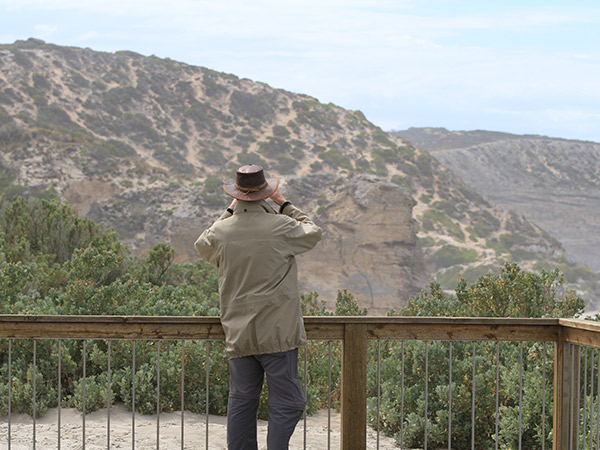
Destinations visited on the cruise’s 48 excursion days include classic stops on the traditional Big Lap such as the electric blue shores of Esperance and the dramatic limestone cliffs of the 12 Apostles on Victoria’s Great Ocean Road. But most of the excursion stops are only accessible by boat, offering a fresh way to experience coastal Australia and meet the local legends who call these wild and remote places home.
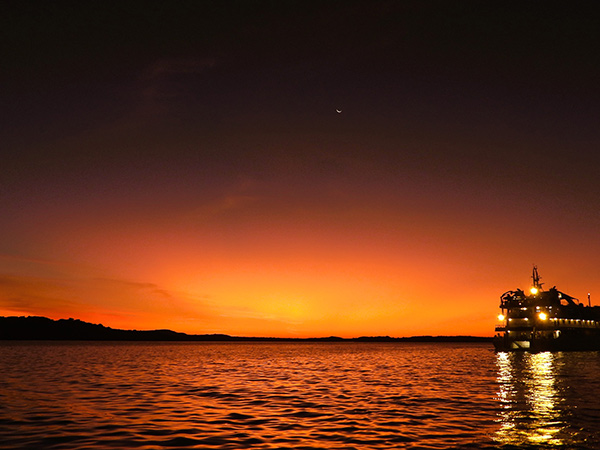
After the first stop at exclusive Lizard Island in the northern Great Barrier Reef, there’s an excursion to Stanley Island, home to one of Australia’s most exquisite – and seldom visited – Aboriginal rock art sites.
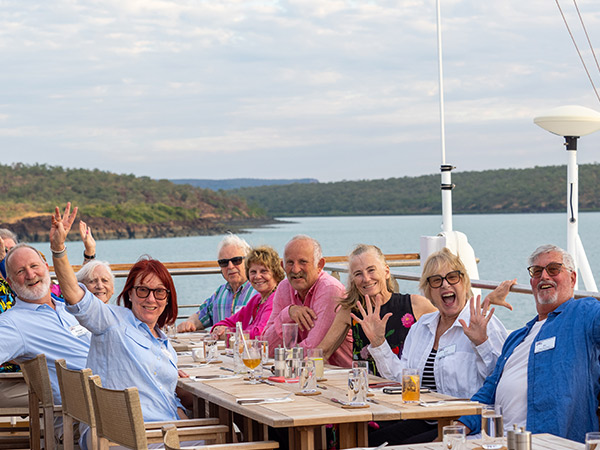
The journey continues to Restoration Island, where former mining tycoon David Glasheen has lived a solitary existence for over two decades, then up to Badu Island in the Torres Strait Islands, home to one of Australia’s top Indigenous art centres. And this is just the beginning of the first leg, ‘across the top’.
Why else should you do the Big Lap of Australia by ship?
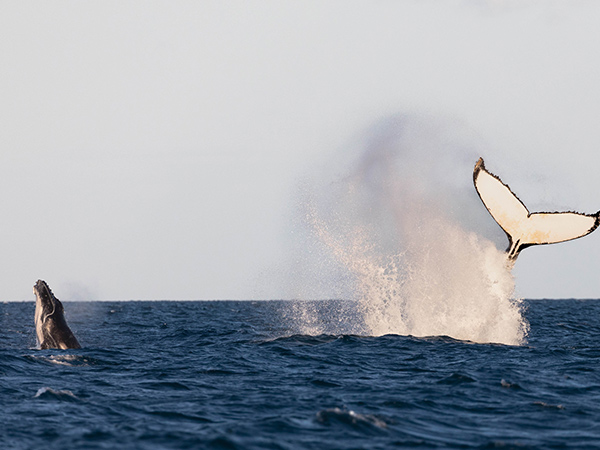
Visiting outback roadhouses is a highlight on the traditional Big Lap. But you don’t miss out on the cruise version, with one of three signature special events on the all-inclusive Australian Circumnavigation, including a charter flight to Longreach for an outback Queensland pub lunch followed by sundowners at a local homestead. Other events include a cultural festival in the Torres Strait and a winemaker’s lunch at Leeuwin Estate in Margaret River.
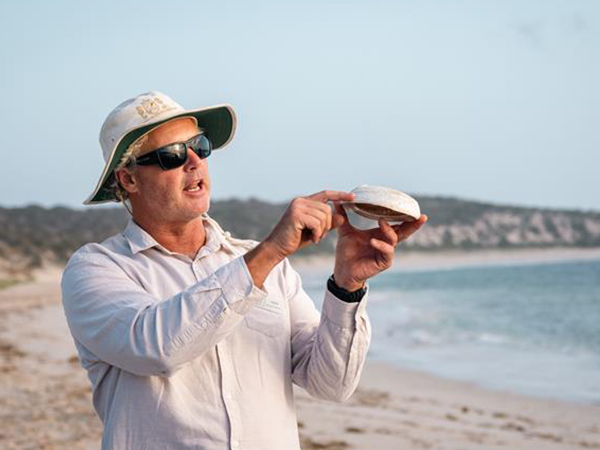
Doing a Big Lap of Australia by ship is also a golden opportunity to soak up the island continent’s rich maritime history, both on the ground and during lectures delivered by recently announced onboard experts. Learn about grizzly clashes between European explorers and Torres Strait Islanders as modern technology guides your vessel safely around the region’s shallow reefs and be captivated by the story of the shipwreck and bloody aftermath of the Dutch merchant vessel Batavia as you cruise Western Australia’s remote Abrolhos Islands. Think happy thoughts as you travel along Victoria’s infamous Shipwreck Coast before crossing the similarly notorious Bass Strait to Tasmania for a cruise along the Tamar River.
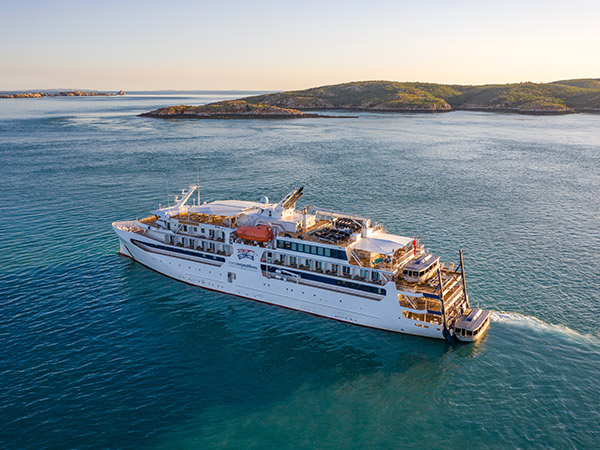
With the last available cabins starting at $64,800 (cabins are also available for a half-circ from Cairns to Fremantle or Fremantle to Cairns), the Australian Circumnavigation is a significant financial outlay in comparison to a Big Lap by car, which costs roughly $1000 per couple per week on the road. But if you’re looking for your next great Australian adventure and you’ve got cash to spend, it’s set to be a cracking way to see the country in 2025.



